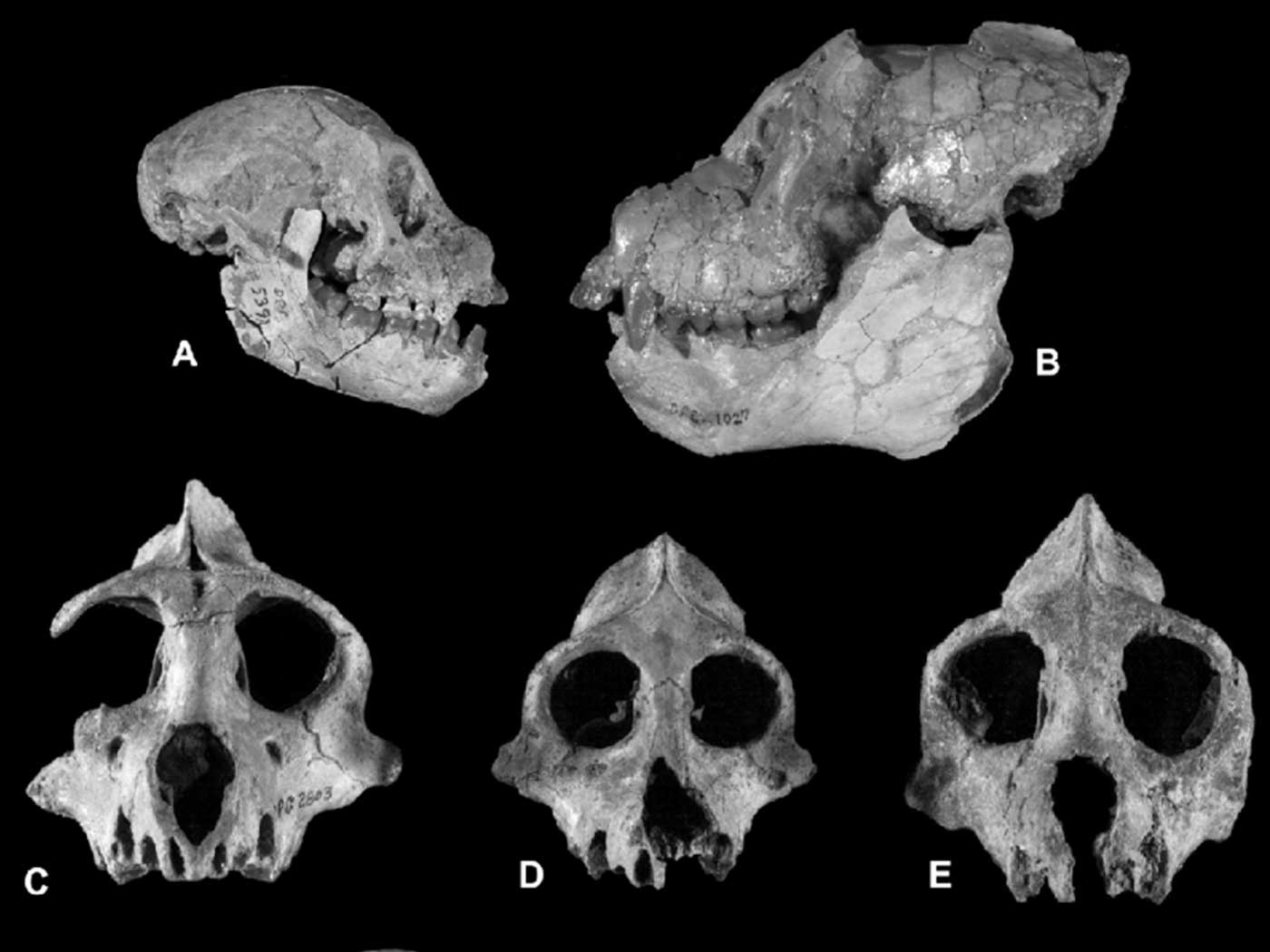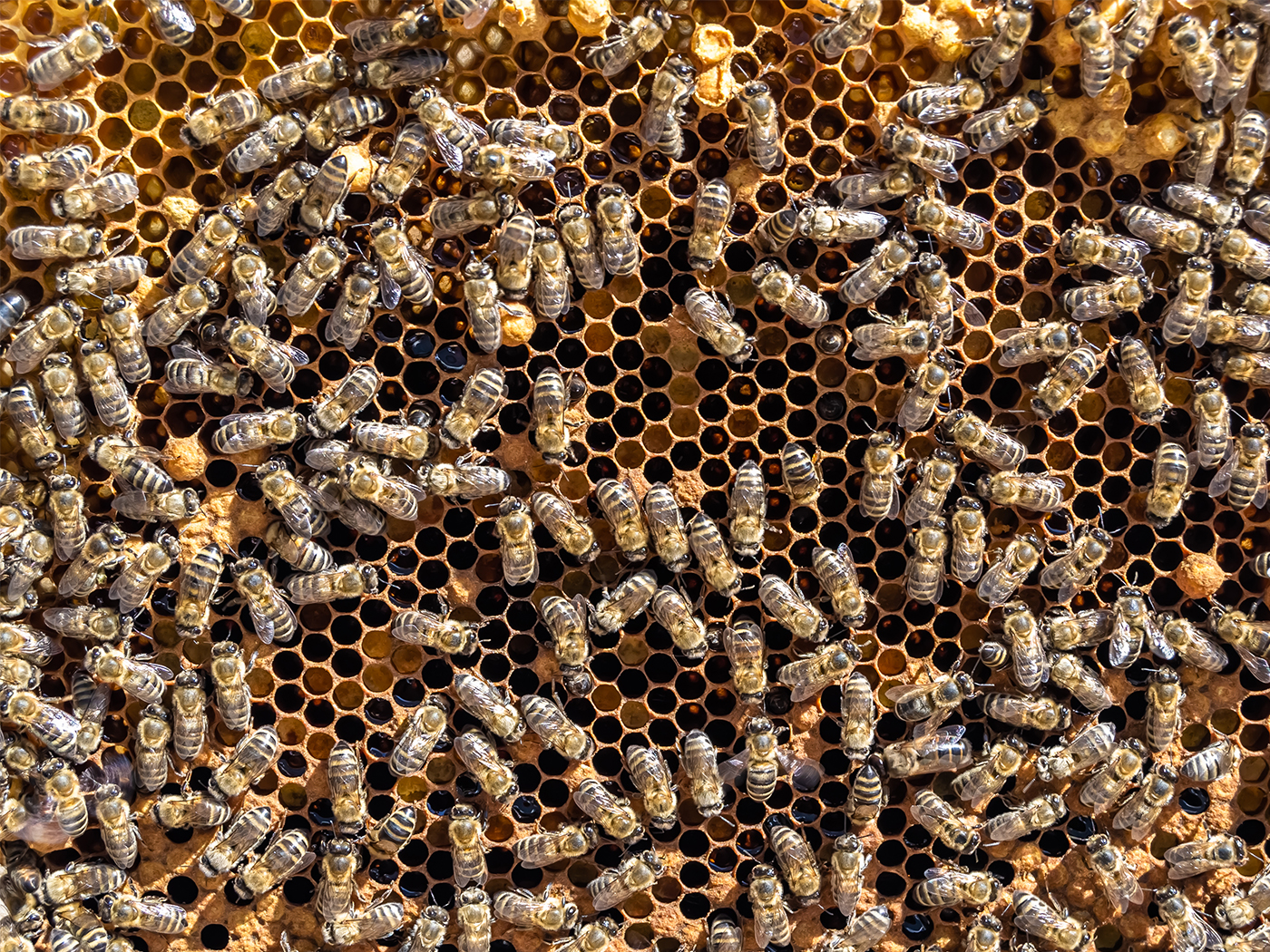UK researchers believe they may have “broken new ground” in the ongoing quest to find out how living cells first evolved. The New York Times proclaimed, “An English chemist has found the hidden gateway” to the origin of life.1 But despite the claim that the scientists “have developed an experiment that sheds new and fascinating light on how life on Earth might have begun,”2 what they really demonstrated was that the molecules of life can only come from living cells.
Evolutionists have theorized that life started with RNA molecules, but one difficulty has been how RNA’s building blocks, nucleotides, spontaneously assembled themselves prior to linking together to form the chain-like RNAs. In an attempt to replicate an accidental origin of nucleotides, organic chemists at the University of Manchester conducted a “systematic experimental investigation” and determined a series of reactions that formed a molecule called “β-ribocytidine-2',3'-cyclic phosphate.”3 This is similar to one of the RNA building blocks found in living things—but it is still a molecule that does not naturally occur in cells. Nucleotides found in living cells have just under 40 atoms combined in a very specific configuration. Only four different nucleotides are used to make larger RNA molecules by being linked with a specific bond and in a specific information-carrying order.
The molecule the scientists synthesized is not one of the nucleotides that are essential to life, and it is found only in laboratories. Therefore, though some news sources claimed that this research “has solved a problem that for 20 years has thwarted researchers,”1 the fact is that the problem remains unsolved. No biologically relevant nucleotide was formed. Even if one is artificially generated one day, it still must be properly linked to a strand of other nucleotides for it to form an RNA strand, and it still must be “taught” the RNA code language for it to begin to approach life-likeness.
The researchers stated that “at some stage in the origin of life, an informational polymer must have arisen by purely chemical means.”3 But this is not a scientific observation. It is a statement of faith based on belief in an exclusively naturalistic explanation for what can be observed. The current study reaffirms the results of all such previous research—life comes from life.
References
- Wade, N. Chemist Shows How RNA Can Be the Starting Point for Life. The New York Times. Posted on nytimes.com May 13, 2009, accessed June 3, 2009.
- Organic chemists shed light on origins of life. University of Manchester press release, May 14, 2009.
- Powner, M. W., B. Gerland, and J. D. Sutherland. 2009. Synthesis of activated pyrimidine ribonucleotides in prebiotically plausible conditions. Nature. 459 (7244): 239-242.
* Mr. Thomas is Science Writer at the Institute for Creation Research.
Article posted on June 17, 2009.

























